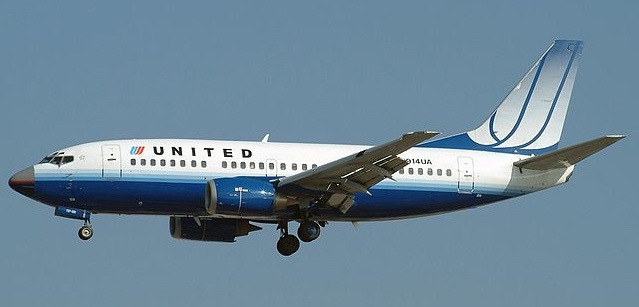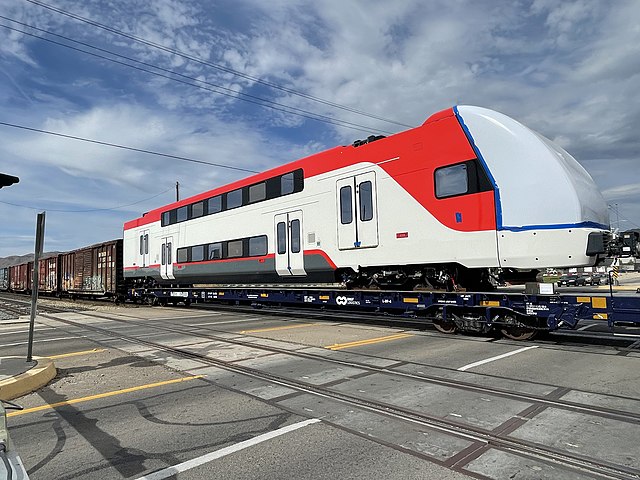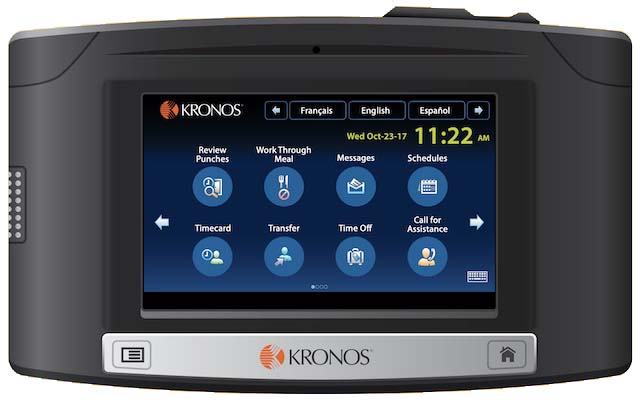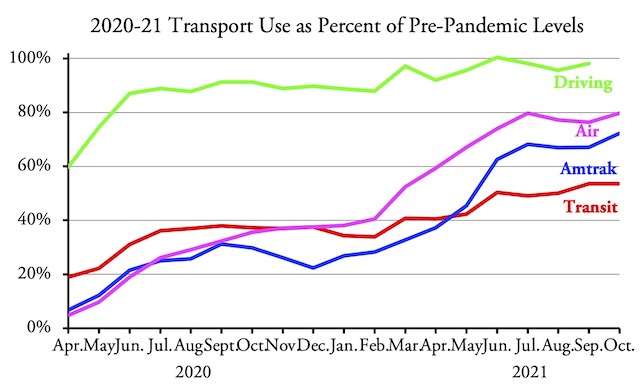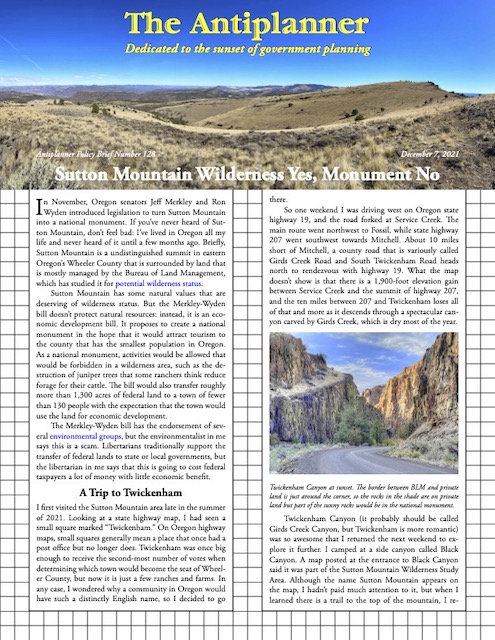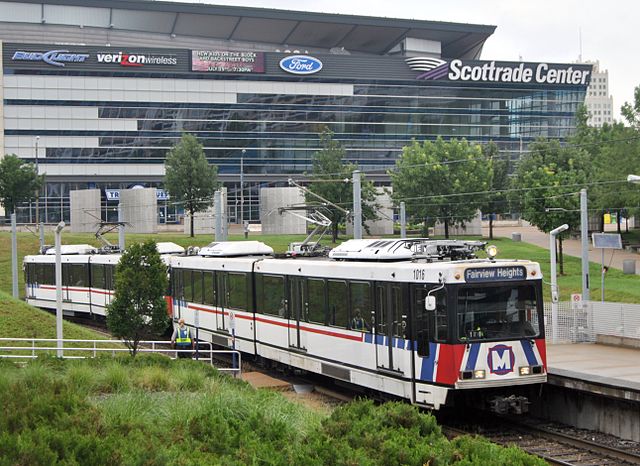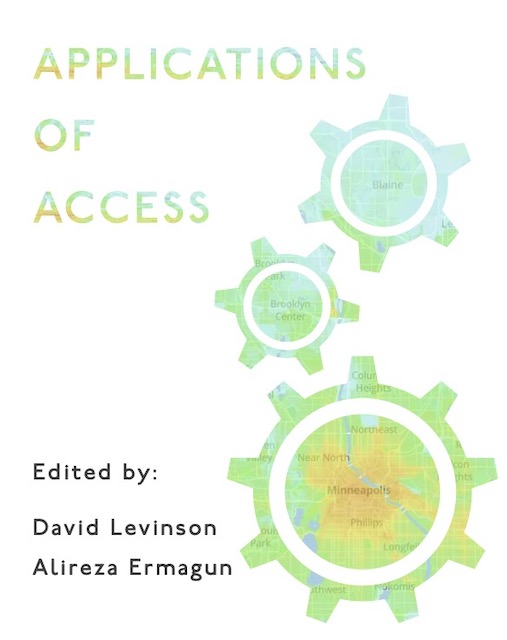The West Kyushu Shinkansen or high-speed rail line is nearing completion and will open in 2022, a few years late. Construction of the 41-mile (66-kilometer) line began way back in 2012 and is expected to cost $5.44 billion, or more than $130 million per mile. The line isn’t connected to any other high-speed rail line and offers some insights into rail politics.
The West Kyushu route is the tiny dotted line on the far left of this map.
Kyushu is the third largest Japanese island and is located less than a mile from Honshu, the main island. The two islands were connected by a conventional railroad tunnel under the Kanmon Straits in 1942, by a highway tunnel in 1958, a highway bridge in 1973, and a high-speed rail tunnel in 1975. For what it’s worth, I’ve been through both the conventional and high-speed rail tunnels but can’t say much about them because it was too dark to see. Continue reading


